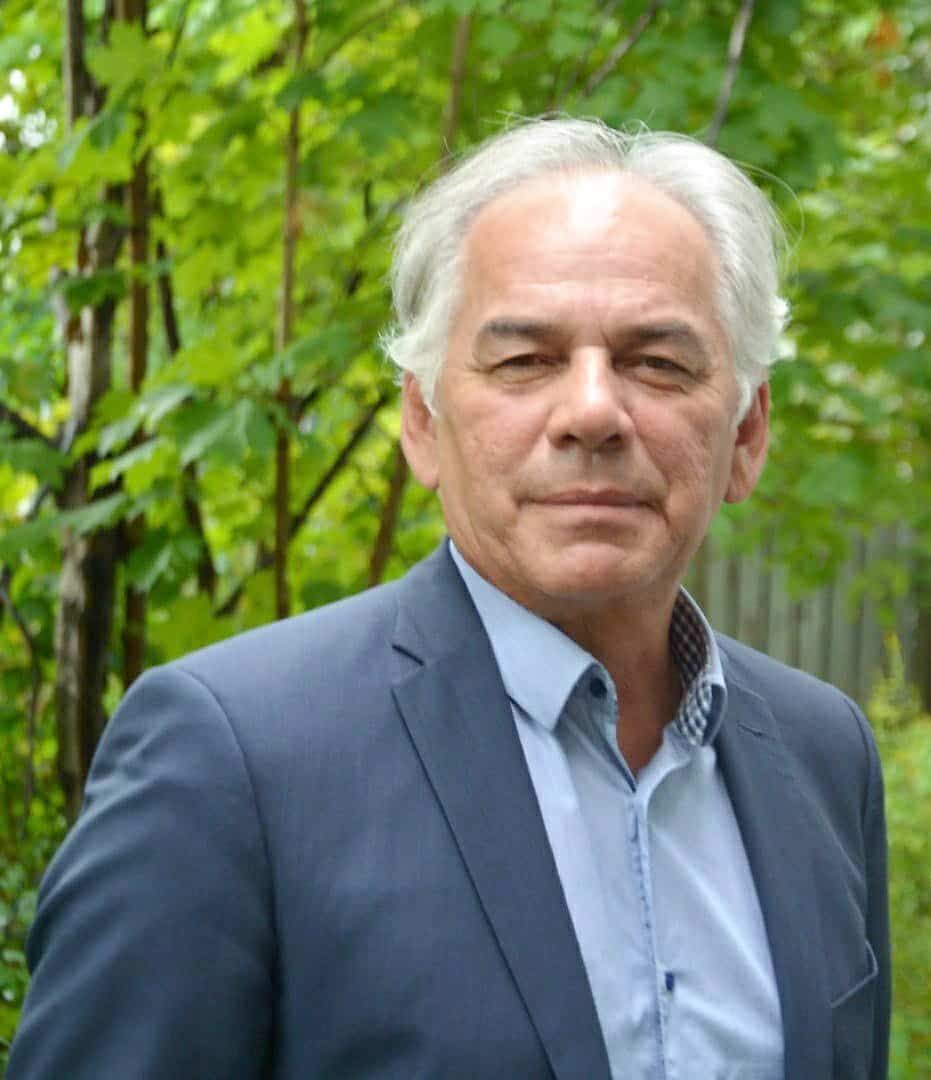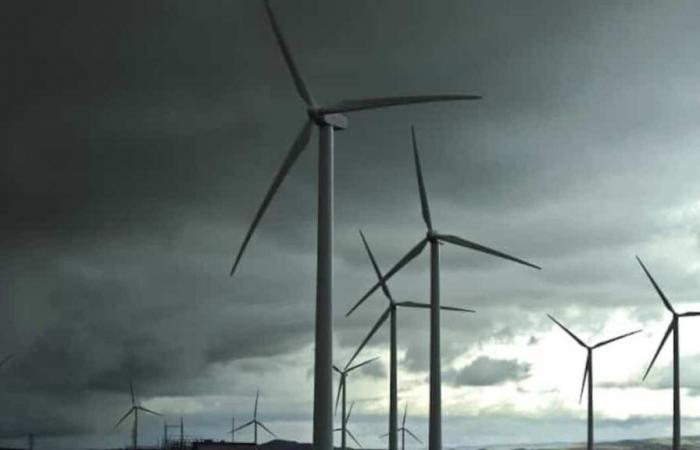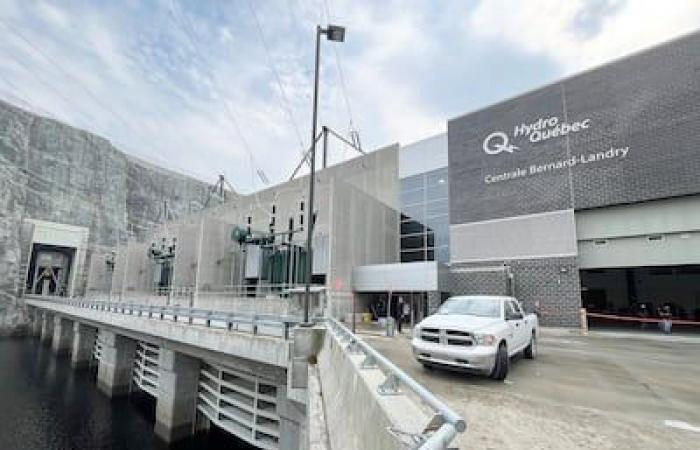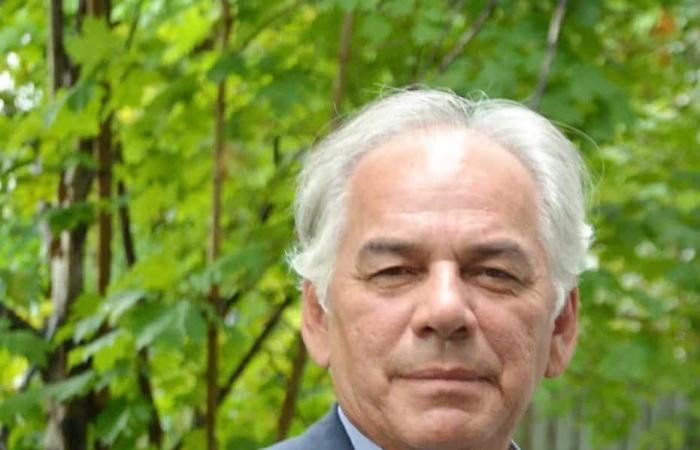To ensure Quebec’s energy future while enriching the nation, the Legault government will have to make difficult choices. Especially in light of the consultations on Bill 69 by the resigning Minister Pierre Fitzgibbon that ended Thursday in the National Assembly. Far from being unanimous, the bill remains vague on how to maintain a low residential rate and on the privatization of electricity production. The various civil society groups have revealed the blind spots in the legislative piece. The surpluses have disappeared and Quebec lacks electricity to make its energy transition. Hydro-Québec therefore plans to spend more than $150 billion in the coming years to double its production capacity with the goal of achieving carbon neutrality by 2050. To achieve this, the law must allow the Crown corporation to modernize in order to be able to supervise our energy needs and its development. After listening to the stakeholders during these two weeks of consultation, the new super minister of Economy and Energy, Christine Fréchette, will now have to decide and perhaps table amendments herself to readjust the situation.
Maintaining the residential rate increase at 3%, really?
Archive photo, Olivier Bourque
Prime Minister François Legault is betting on doubling Hydro-Québec’s capacity while capping the increase in residential rates at 3%.
However, there is nothing in the bill that dictates that this limited increase be maintained. On the contrary, in its current form, it establishes a “Hydro-Québec Domestic Customer Assistance Fund.”
This means that all taxpayers’ money would be used to keep residential rates low on consumers’ bills, by compensating the Crown corporation for its losses. Because the bill confirms that electricity rates for residential, commercial and industrial customers will increase, starting in 2026. The bill should reflect the real cost of producing and distributing electricity, he says. The CEO of Hydro did not deny the possibility of using such a fund to balance its budget.
Both the Trottier Energy Institute and the Consumers’ Union have pointed out that it is impossible to double Hydro’s production capacity without increasing residential bills.
The HEC Montréal Chair in Energy Sector Management described the Fund as an “accounting” and “political” ploy. Experts advocated for a depoliticization of rates, recalling that this problem had been resolved in the past by granting the power to set increases to the Energy Board.
Businesses no longer want to pay for residential
The industrial sector and SMEs are fed up with the cross-subsidization of Hydro-Québec rates. Their electricity bills are higher to finance the maintenance of a lower residential rate, they argue. Even former Minister Fitzgibbon pointed this out. The bill was supposed to put an end to cross-subsidization. However, the CEO of Hydro-Québec and the Premier then confirmed that businesses would pay even more.
A 5% increase for this clientele is being discussed. The new Minister of Energy, Christine Fréchette, announced that she would index the heritage block reserved for businesses, thus putting an end to this “gift”. At the committee’s microphone, representatives of the employer community and the industrial sector decried these measures, stressing that a price shock could lead to job losses and even business closures, particularly in the regions. According to them, energy from the heritage block should even cost less and less, because the construction of the dams has already been amortized and paid for.
Jocelyn B. Allard of the Quebec Association of Industrial Electricity Consumers believes that it is a disguised tax, and the vice-president of the Canadian Federation of Independent Business, François Vincent, says that it is already the SMEs that pay “for everyone.”
Private production debated
Photo Nicolas Lachance
Two visions clashed during the study of the bill on the energy future: the fear of the privatization of Hydro-Québec and the desire to expand the distribution of electricity by private producers. The law shakes up Hydro-Québec’s monopoly and allows private producers of renewable energy to sell their surplus electricity to an adjacent neighbour in order to make their investments profitable. The Hydro-Québec employees’ union denounced the government’s approach. According to the union’s calculations, the share of private energy production would increase from 5% to almost 20%. Hydro-Québec would be deprived of approximately $3 billion per year, it argues. However, several groups want more private. The Quebec association for the production of renewable energy has called for an expansion so that the word proximity replace the word adjacent. The CEO of Hydro-Québec and the government have assured that they have no intention of privatizing the state-owned company. Minister Christine Fréchette said she was a “Hydro-Québécoises” and noted that her father had worked for 30 years for the Quebec flagship.
Indigenous peoples are speaking out

Ghislain Picard Photo courtesy
“Good luck.” That’s the message that Mashteuiatsh community chief Gilbert Dominique sent to the Quebec government. The First Nations showed up at the National Assembly, angry about not having been consulted beforehand on Bill 69. They want to be shareholders in Hydro-Québec, in addition to obtaining a seat on the board of directors and positions in the senior management of the Crown corporation. Otherwise, they say, the Legault government will have difficulty producing the 10,000 additional megawatts that are mostly located on their territories. “We want not only to have our say, but also the place that is ours,” said Chief Ghislain Picard.
The Prime Minister quickly closed the door to shareholding at Hydro-Québec, but he said he is very open to participation “on a project-by-project basis.”
A diplomat, Christine Fréchette wants to “work in partnership, from nation to nation.”
Whose precious megawatts?

Photo Adobe Stock
From the first minutes of the commission, Hydro-Québec CEO Michael Sabia shook the columns of the National Assembly by criticizing the Legault government’s energy choices. He accused it of having offered “a lot” of low-cost energy to foreign multinationals, to the detriment of local businesses. The energy surpluses have disappeared and Quebec lacks electricity to carry out its energy transition. “I think we need to rebalance things,” he said. Associations representing businesses denounced the fact that their customers were refused energy blocks in order to decarbonize their industry. At the same time, the government offered hundreds of megawatts to companies like Northvolt to propel its battery sector, siphoning off available resources. Due to the lack of electricity, it is “normal” that energy blocks are refused for decarbonization, Quebec believes. However, Hydro-Québec’s plan aims to use 75% of the new energy for the decarbonization of Quebec and 25% for economic growth. The bill does not provide for any direct measures concerning the allocation of energy dedicated to decarbonization. They will come with the Integrated Energy Resources Management Plan (see other text). In the meantime, Minister Christine Fréchette assures that she wants to make a nationalist shift and rebalance things by granting energy to local businesses.
A necessary plan for the future
The term is not sexy: Integrated Energy Resources Management Plan. But, it is the central point of Bill 69. It must define the energy needs and the projects that will be deployed to produce it. How many dams, wind projects, solar energy parks, renewable natural gas do we need? By when? For whom? And how? The plan will provide predictability in order to achieve carbon neutrality by 2050. All stakeholders welcomed the creation of this plan named by its acronym, PGIRE. However, environmental stakeholders criticized the fact that the plan will be implemented after the bill is adopted. It should have been presented before the bill was studied in order to know the exact vision of the Quebec government and its needs to achieve the decarbonization objectives, they say.
Some figures
- What Hydro-Québec wants: 10,000 additional megawatts, or 13 dams like La Romaine
- Objective: 75% of energy for decarbonization and 25% for economic growth
- How much will it cost?: more than $150 billion by 2030
- Possible increase in business rates: 4% to 5%
- Objective: decarbonize Quebec by 2050
- Hydro-Québec will become the prime contractor for wind power projects of more than 1000 MW.
- $10 and $12 billion planned for the energy efficiency program
- Depending on your consumption, modulation of the electricity tariff is possible from 2026.
- A specific tariff for large houses with excessive consumption is planned.
Do you have any information to share with us about this story?
Write to us at or call us directly at 1-800-63SCOOP.









